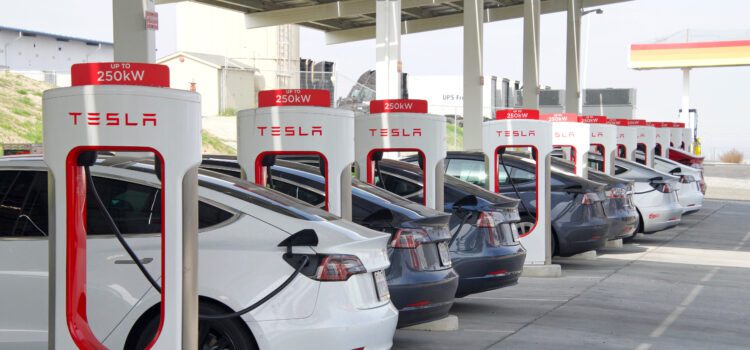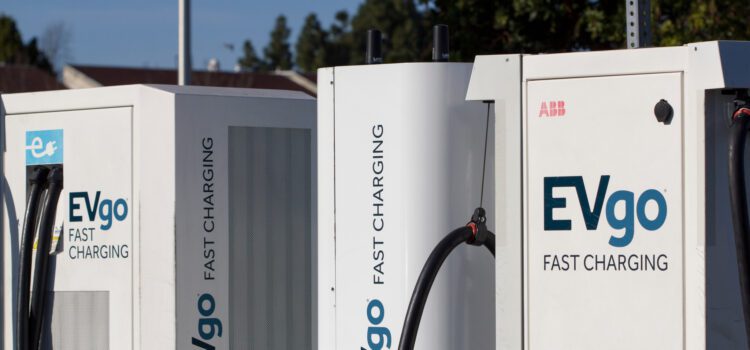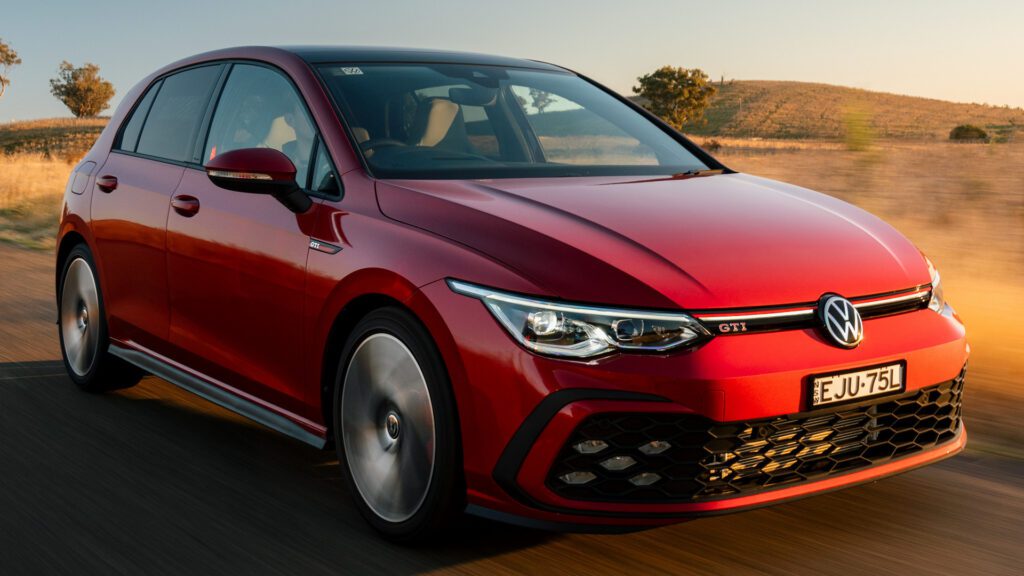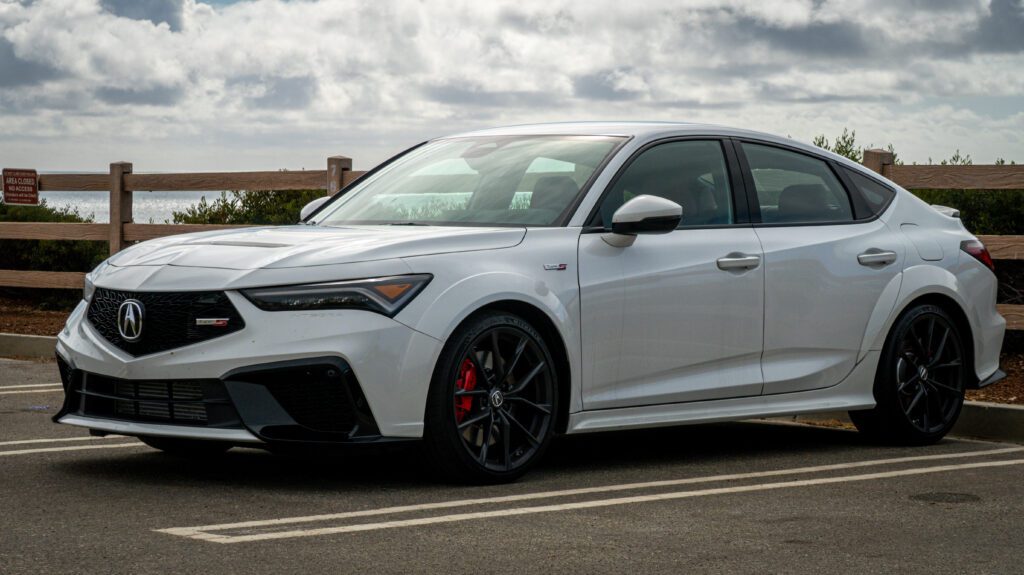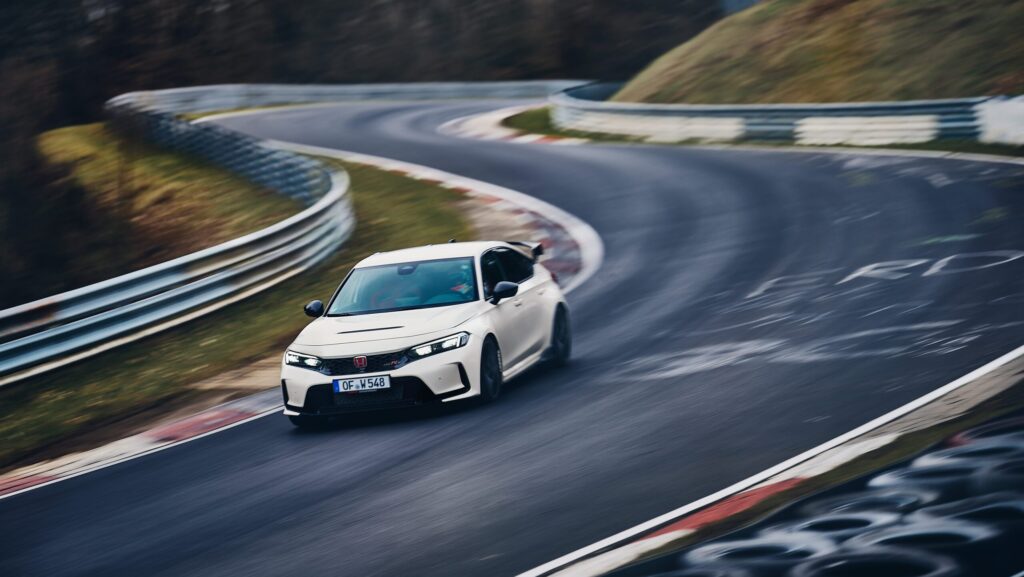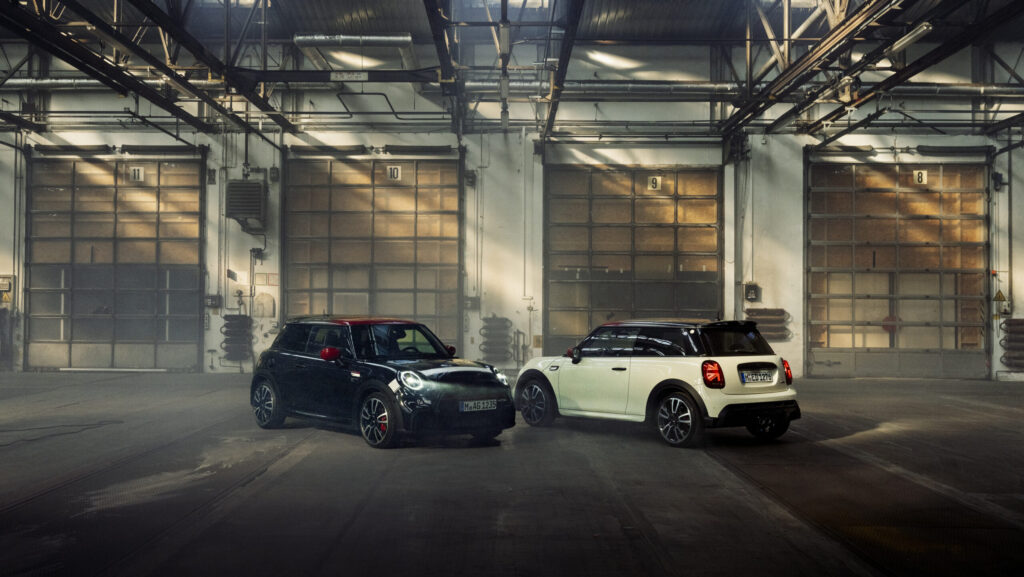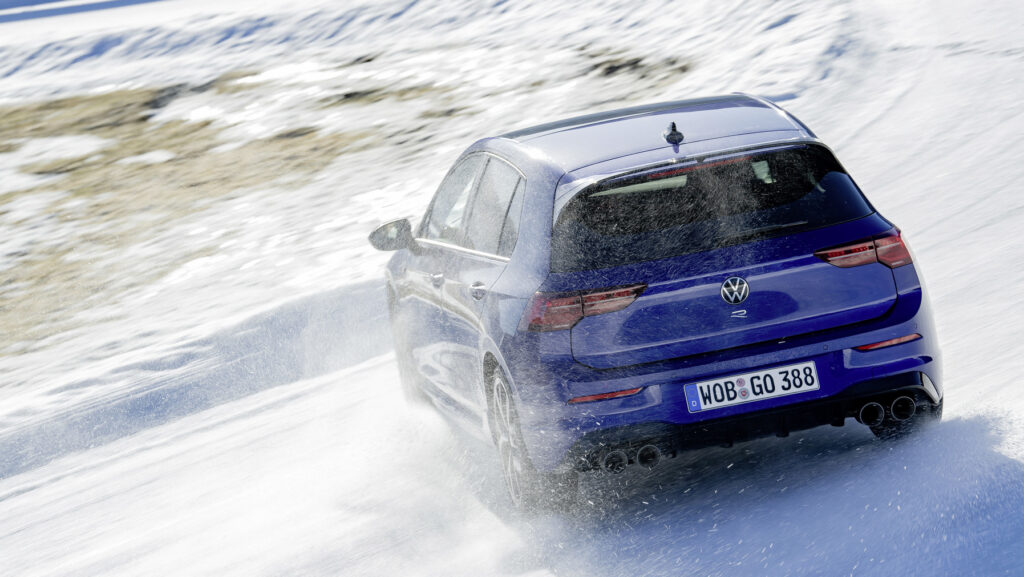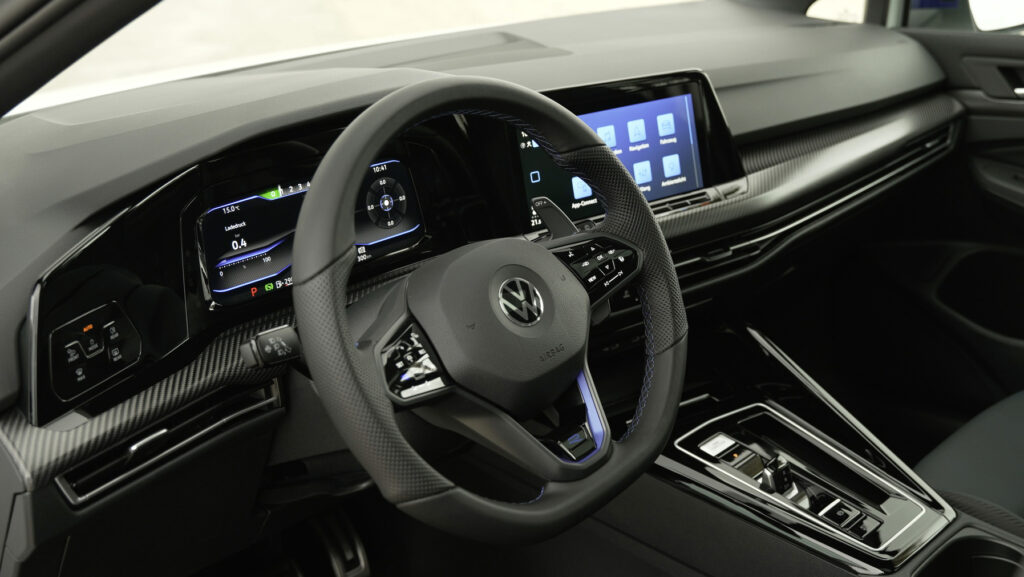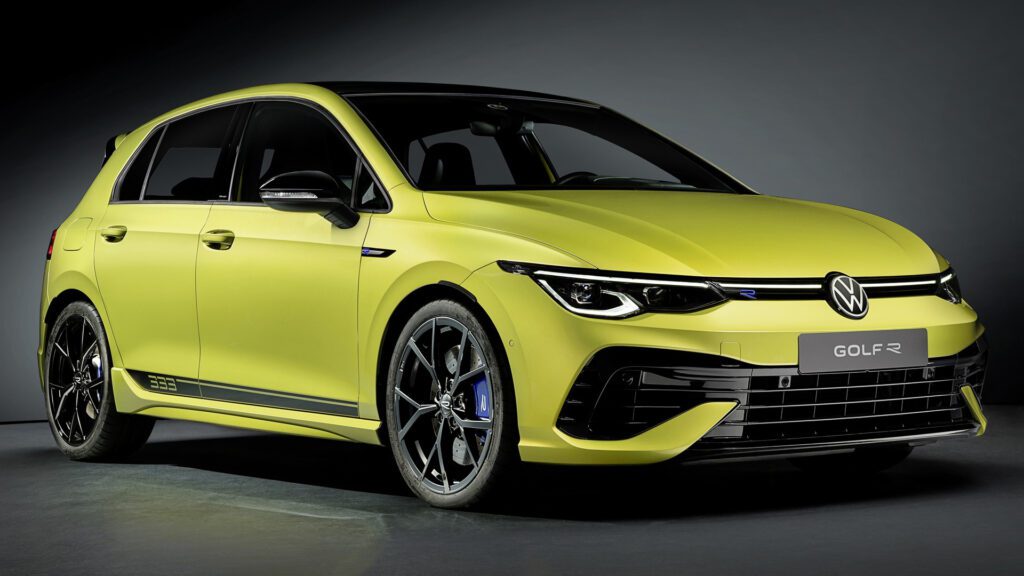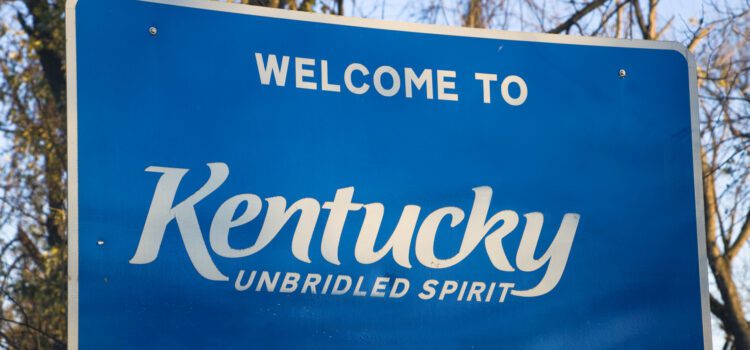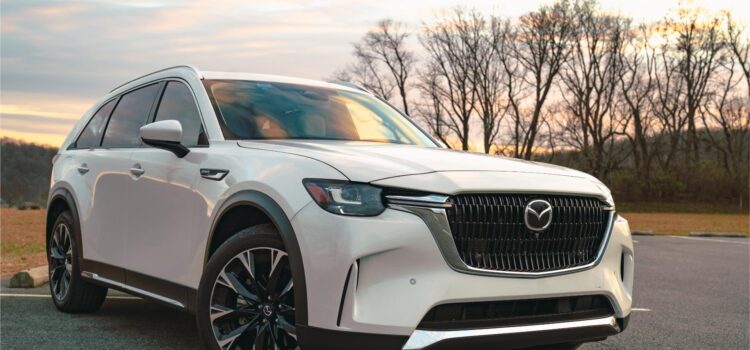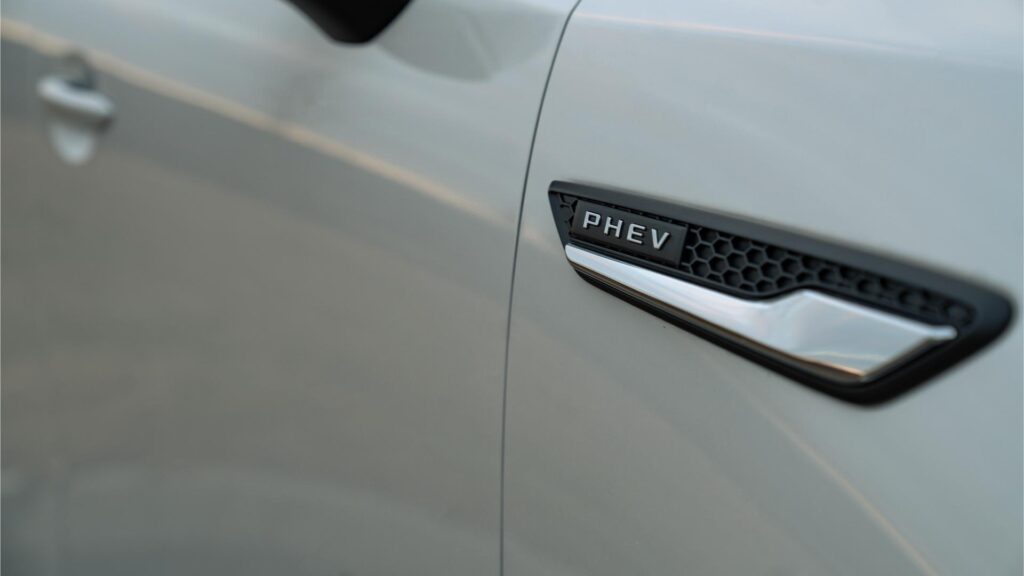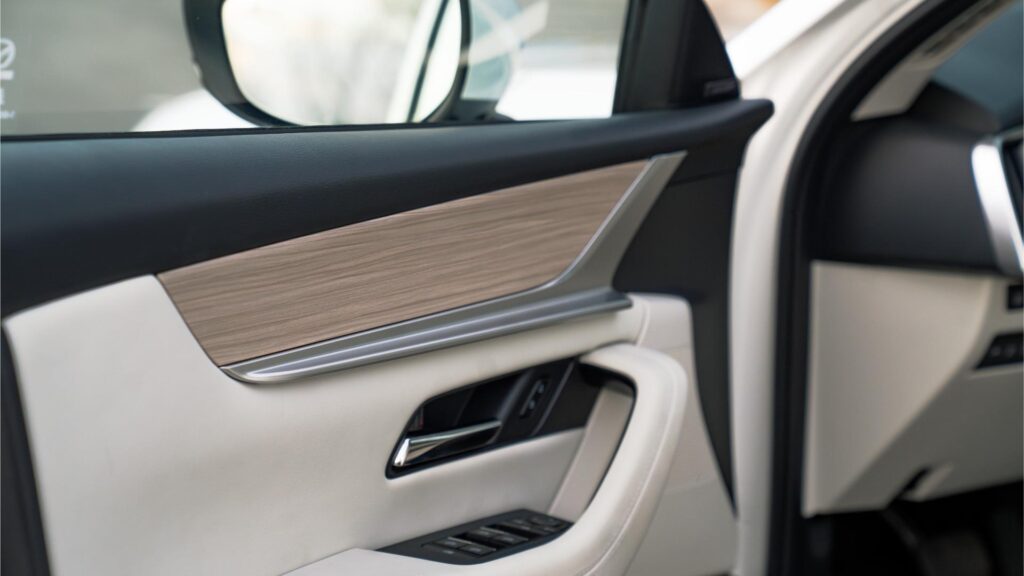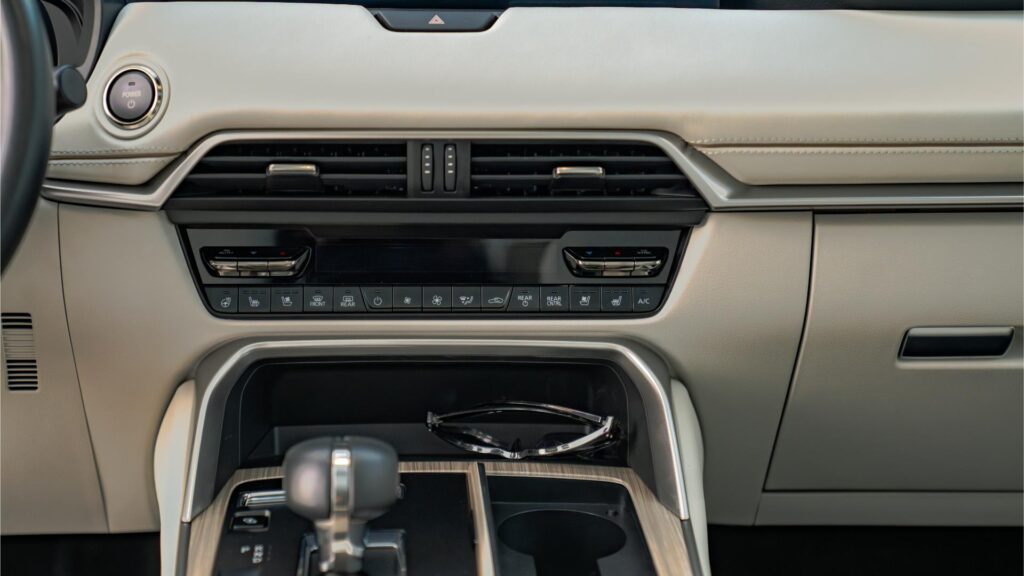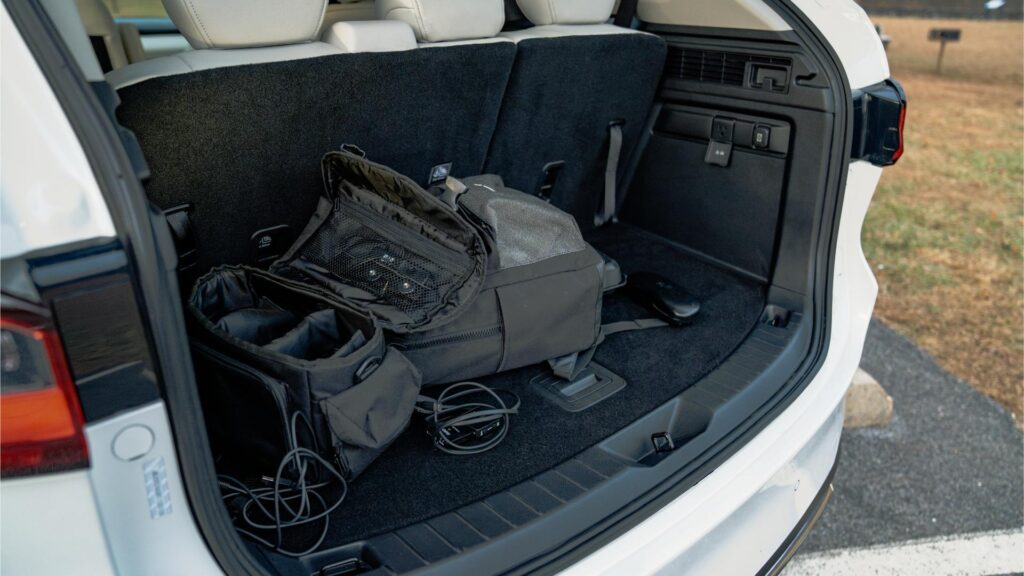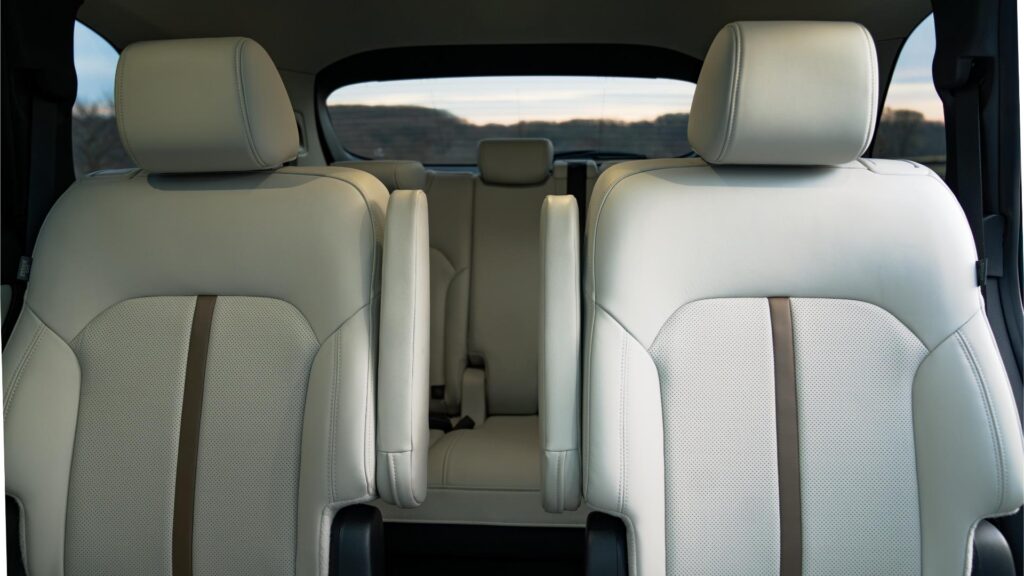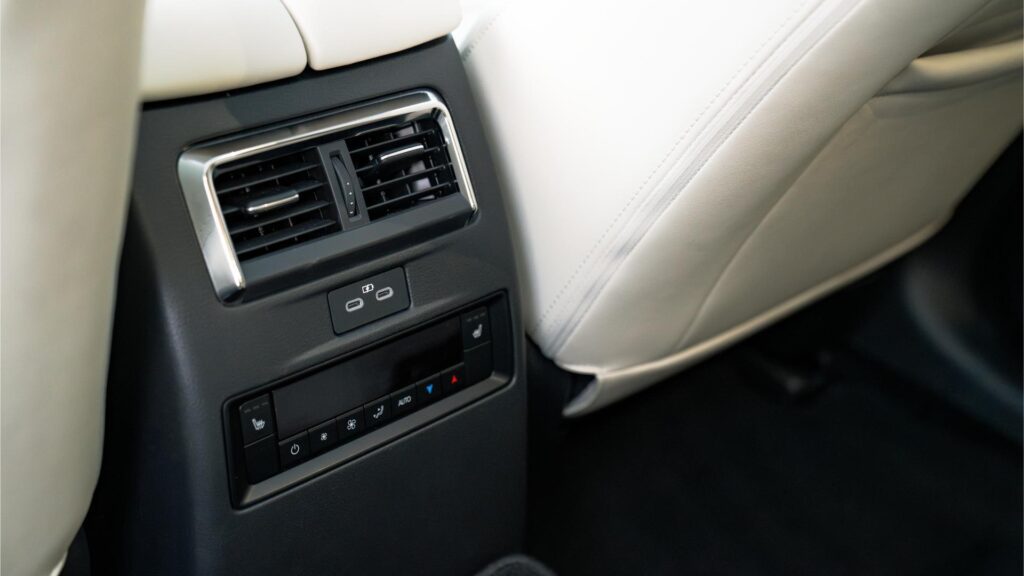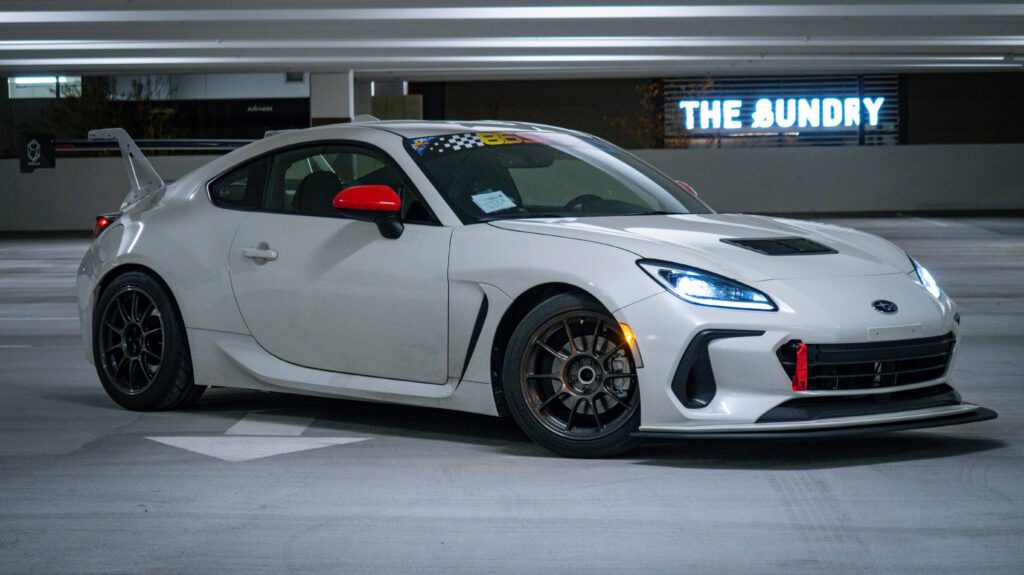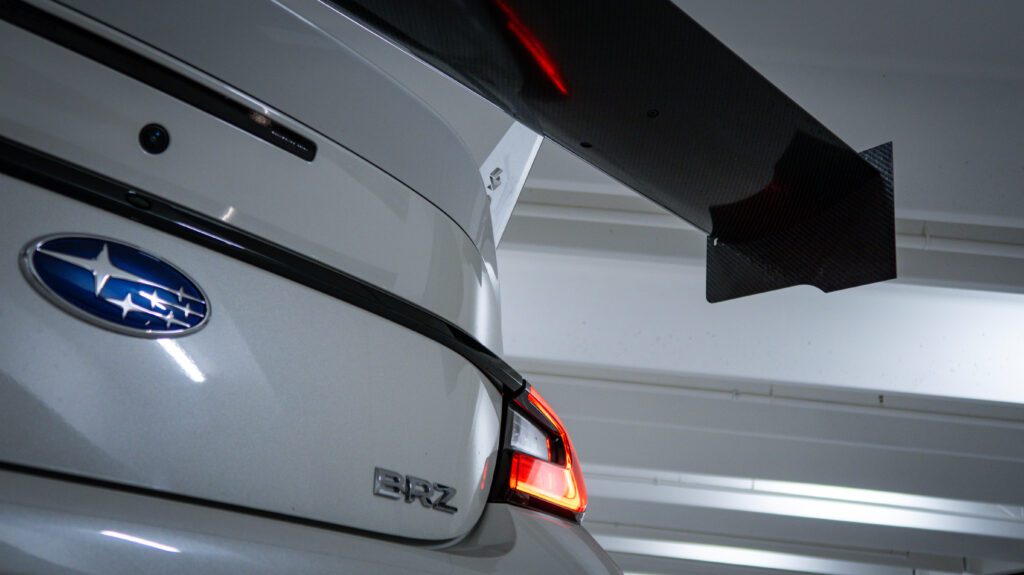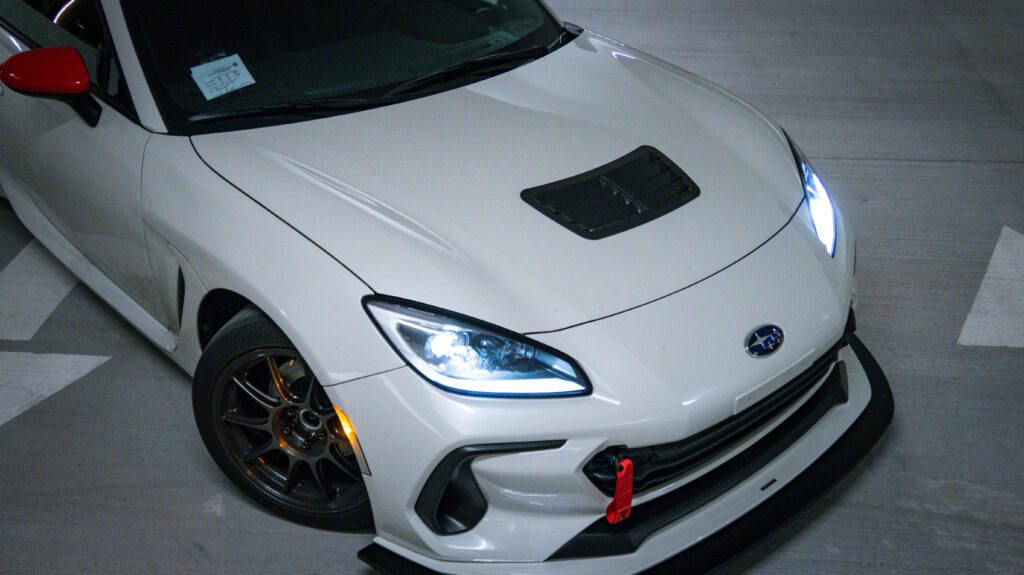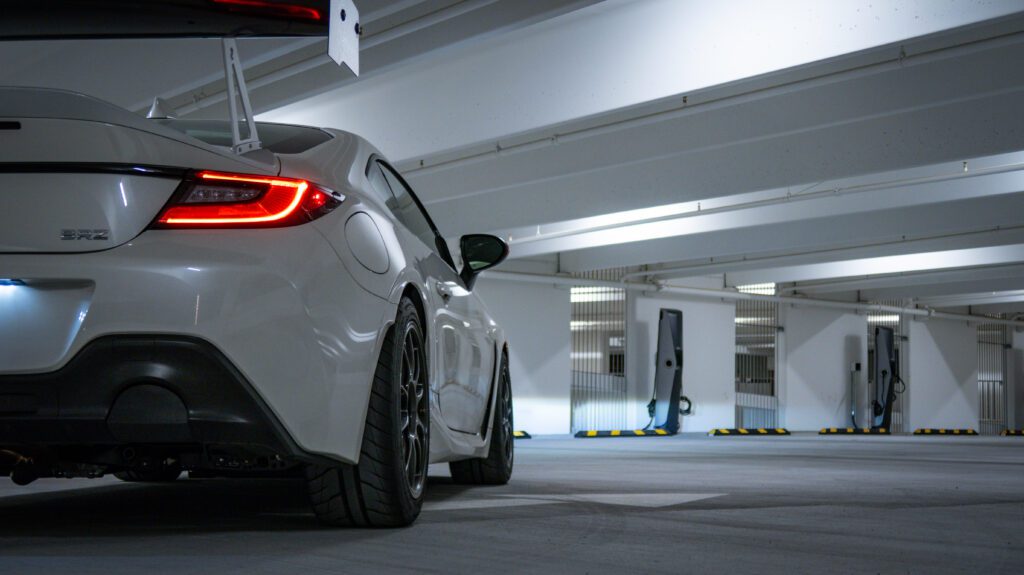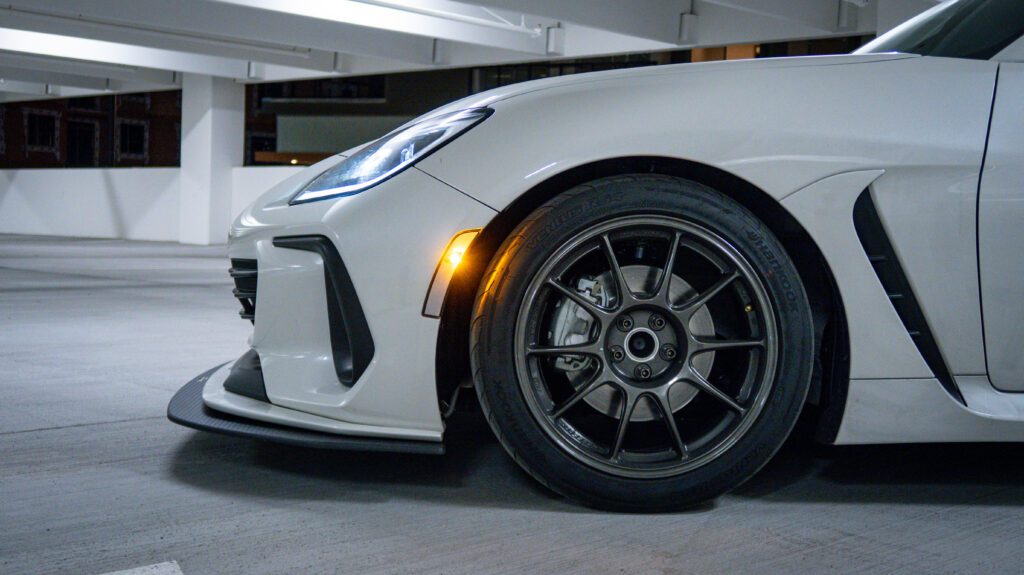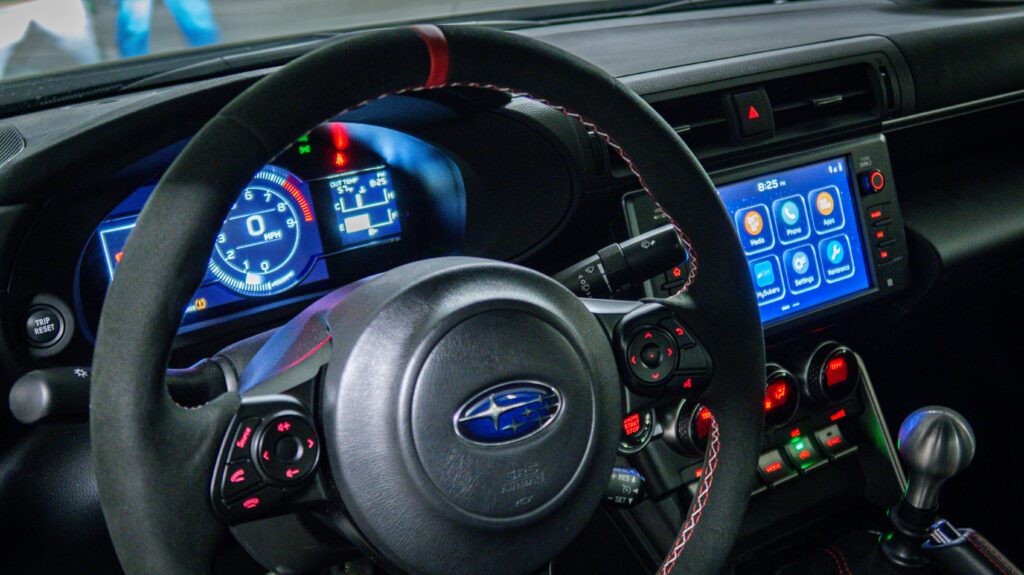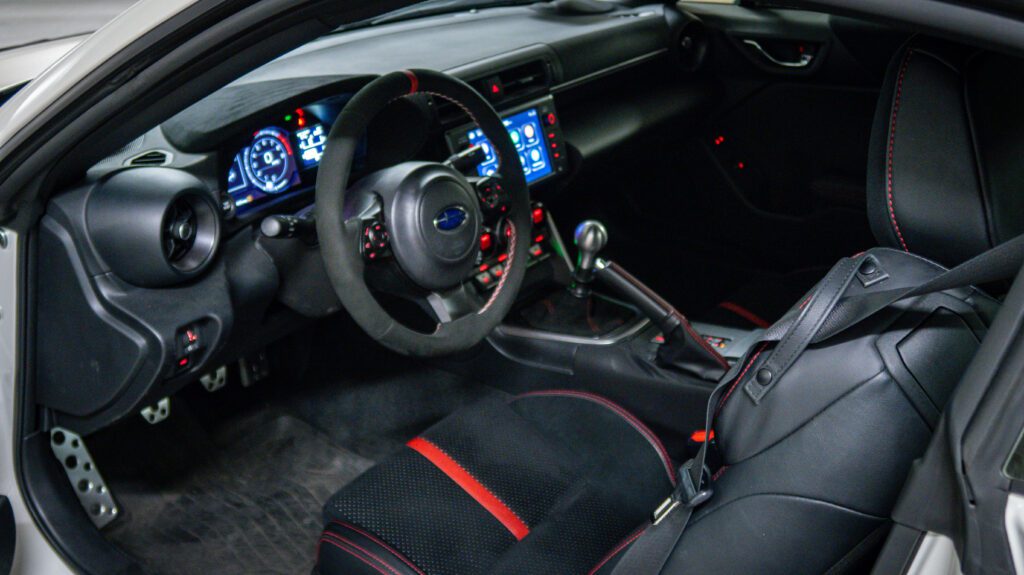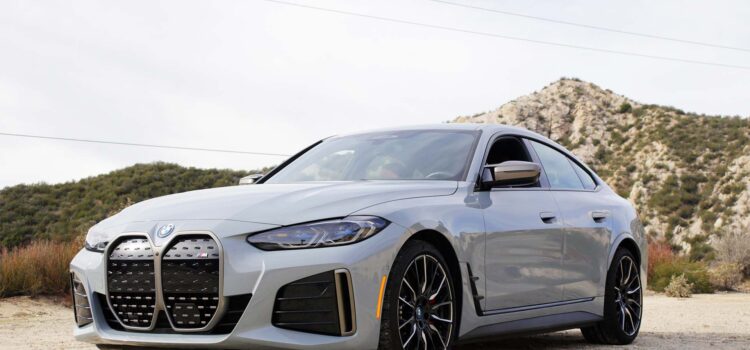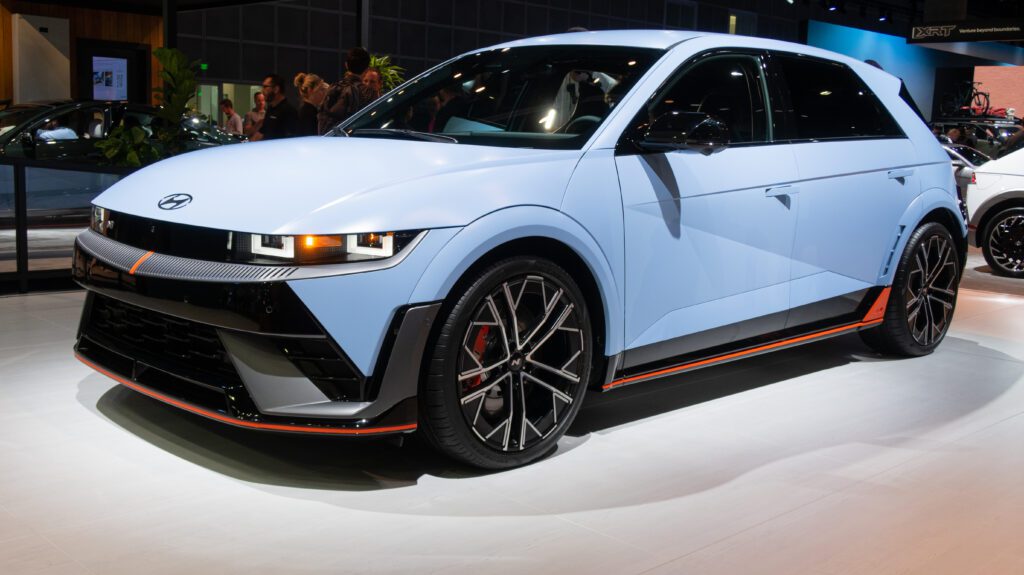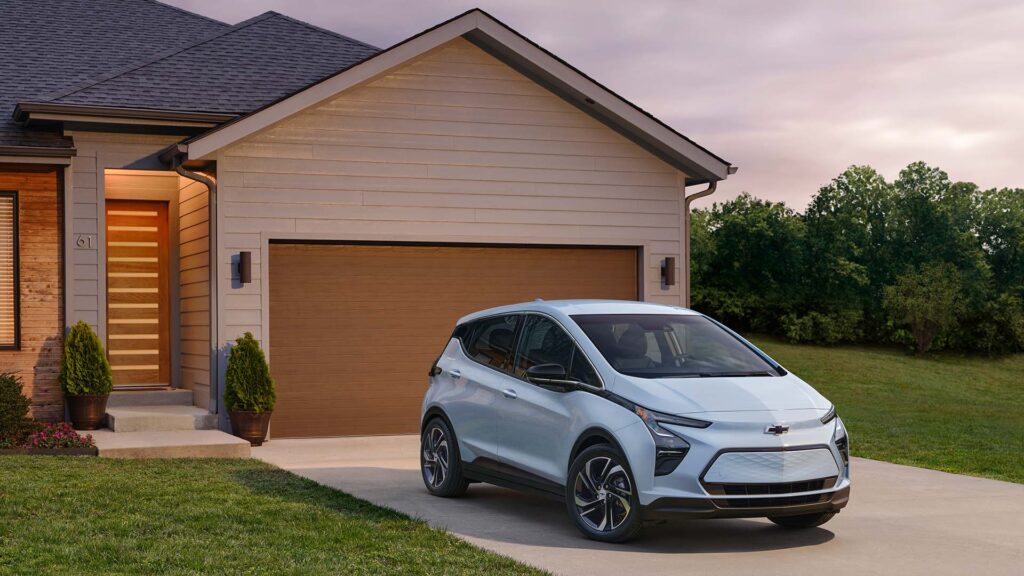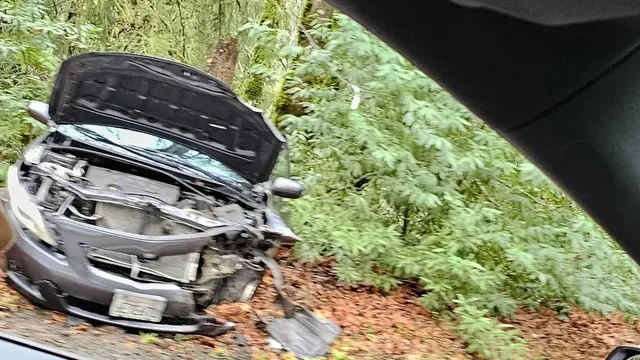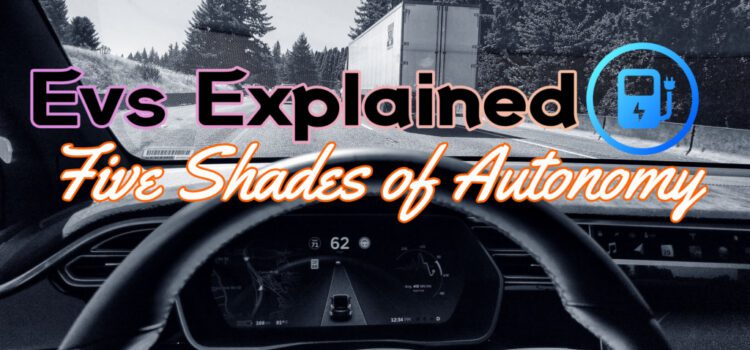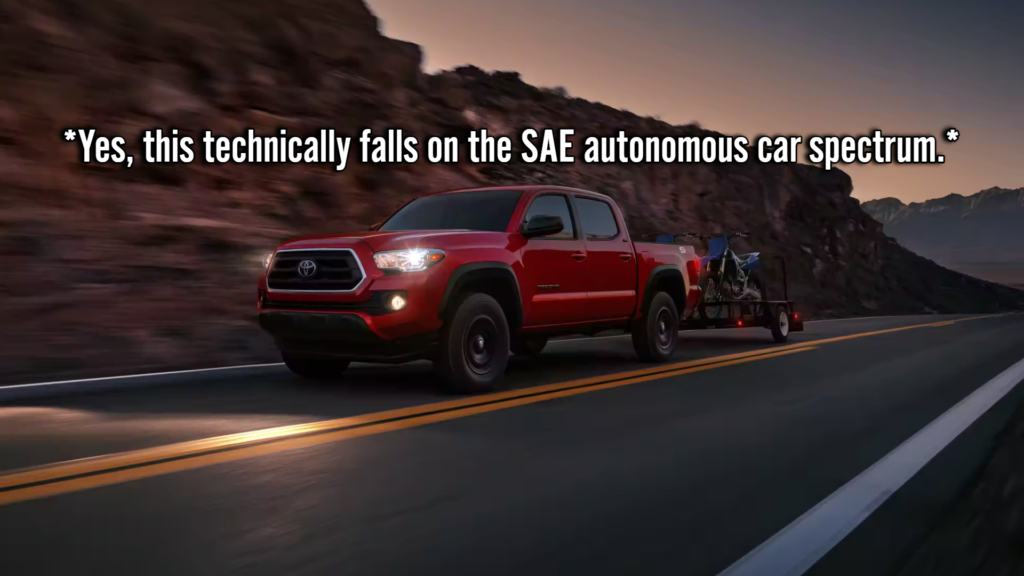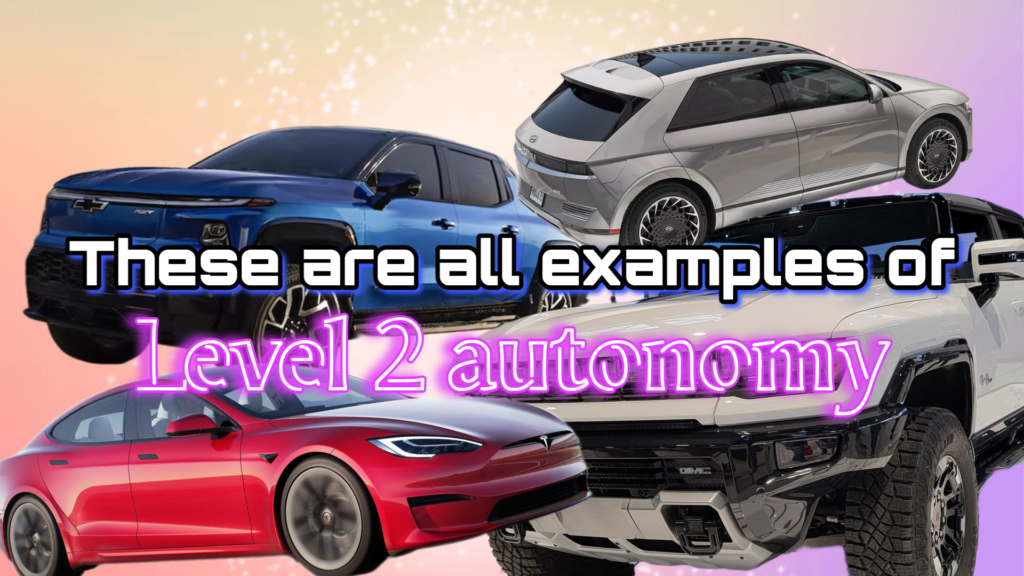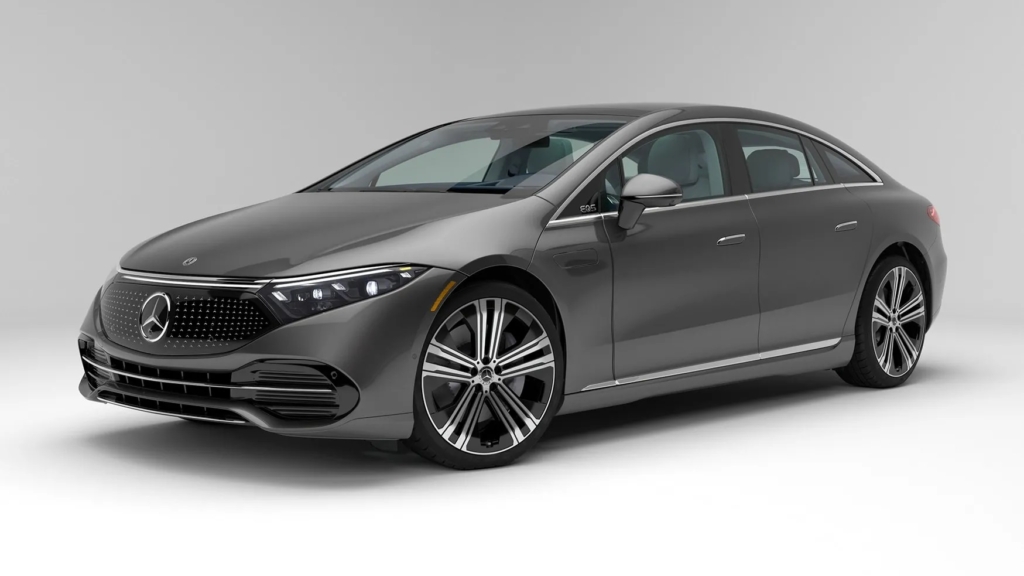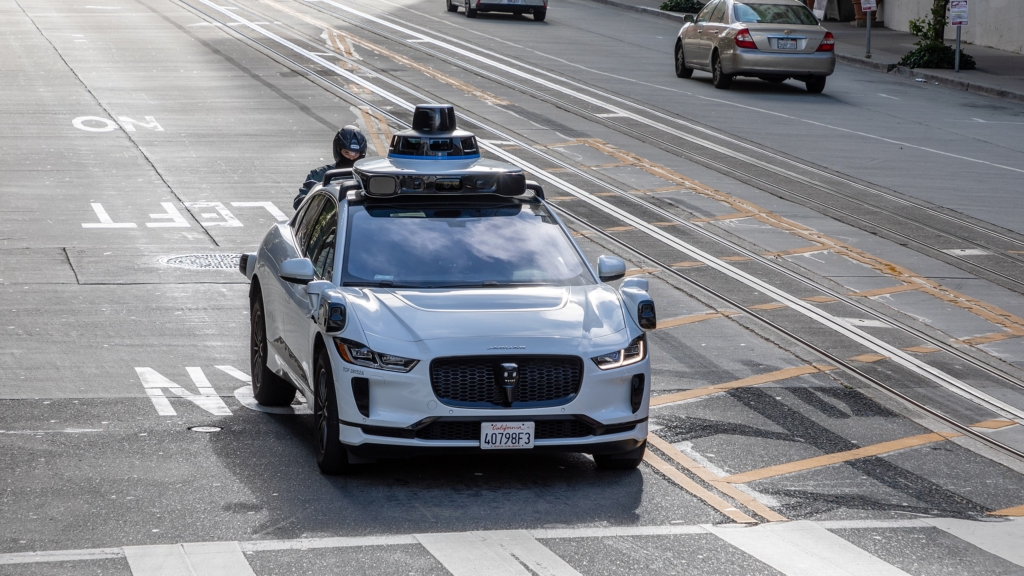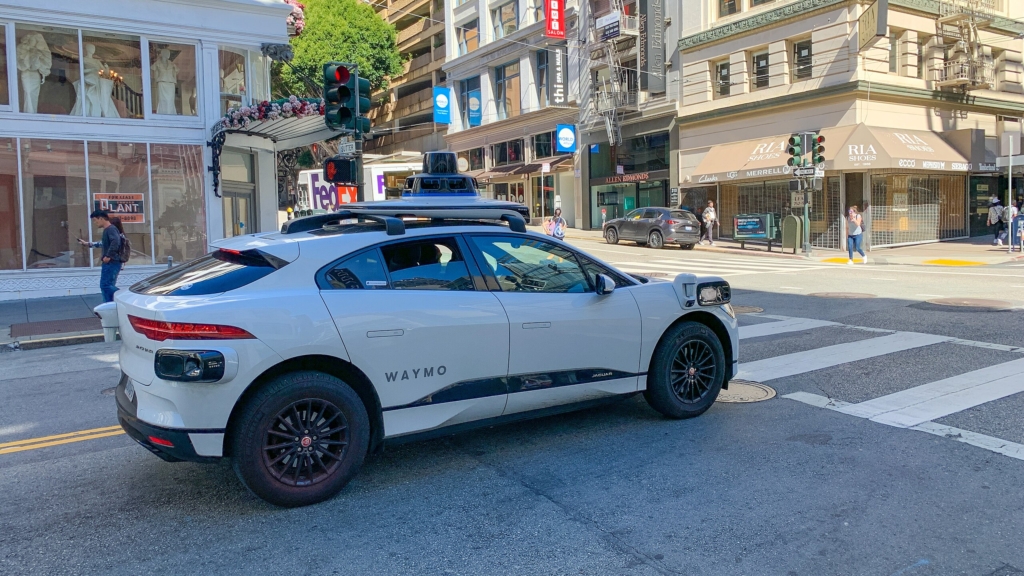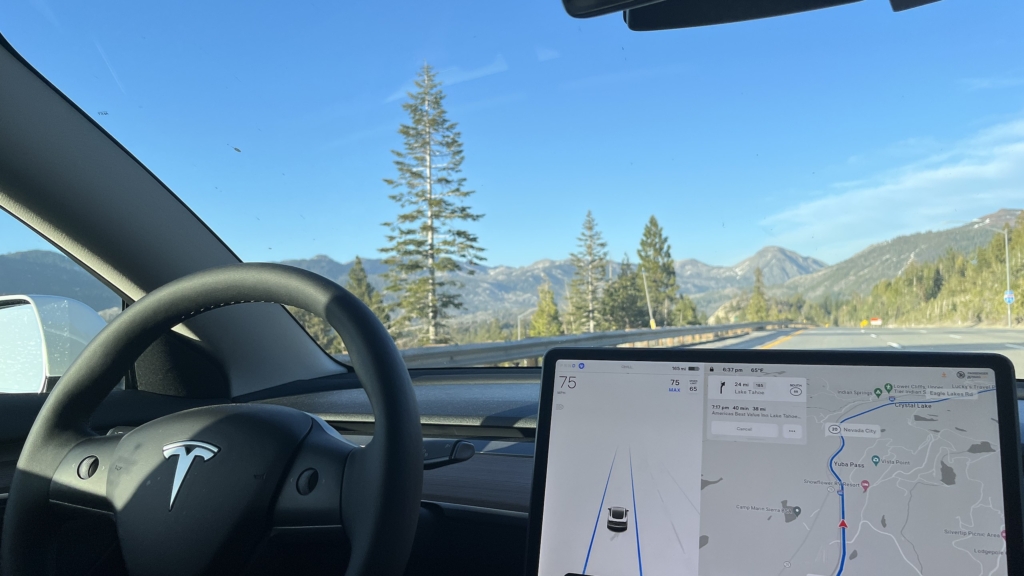Tesla may be lying about its poorer-than-advertised EV driving range
Liar Liar, Tesla is on fire! Earlier in the week, the EPA forced Tesla to reduce the range estimates the automaker wanted to advertise for six of its vehicles by an average of 3%. The Model Y Long Range is down to 310 miles from 330, and the Model Y Performance is down to 285 miles from 303. Somehow, Tesla managed to beat the guy who crashed his cybertruck.
And the EPA has caught Tesla before! In 2022, the EPA claimed that Tesla CEO Elon Musk exaggerated the 400-mile range for the Tesla Model S Long Range. He just brushed this off. In October 2023, the Department of Justice began probing these overestimated numbers. Let’s not forget the massive Tesla autopilot safety recall earlier this year.
The range issue
According to Reuters reporter Steve Seckler, Tesla has been rigging their range-estimating software. At full battery, it will give the advertised driving range projection; when the battery falls below 50% of its maximum charge, the algorithm will show drivers more realistic predictions for their remaining driving range.
All five Tesla models tested by Edmunds failed to achieve their advertised range, the website reported in February 2021. All but one of ten other models from other manufacturers exceeded their advertised range. However, take this with a grain of salt and note that Edmund’s testing methods may differ from other publications, such as Motor Trend, which recently conducted its own range comparison test and yielded different results. While no vehicle under Motor Trend’s watch beat their estimates, the one Model 3 they lined up was a back-of-the-pack finisher with a considerable 100-mile gap between its real-world result and EPA estimate.
This range scandal comes off the back of Tesla blaming parts failures on drivers, being fined $2.2 million in South Korea for cold weather range overestimation, and recalling 1.62 million vehicles in China.

The cover-up
Tesla’s sales numbers have obliterated all other EV manufacturers for as long as we can remember. Tesla delivered 1.3 million cars in 2022 and about 1.81 million by the end of 2023.
More vehicles mean more servicing, so Tesla outsourced remote diagnostics to “virtual team members” in Las Vegas.
One current Tesla “Virtual Service Advisor” described part of his job in his LinkedIn profile: “Divert customers who do not require in-person service.” After a Tesla app update, customers complaining about the range could no longer book service appointments. Instead, they got little tips on the issue — everything to divert customers from the problem.

